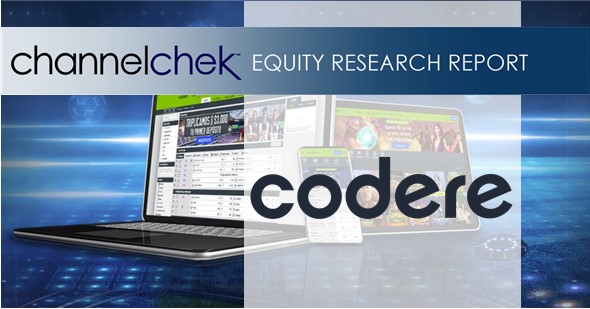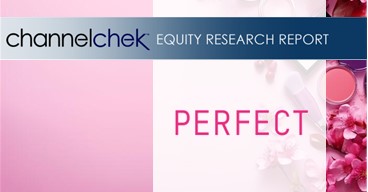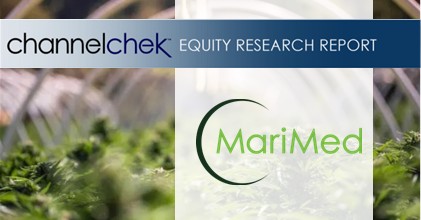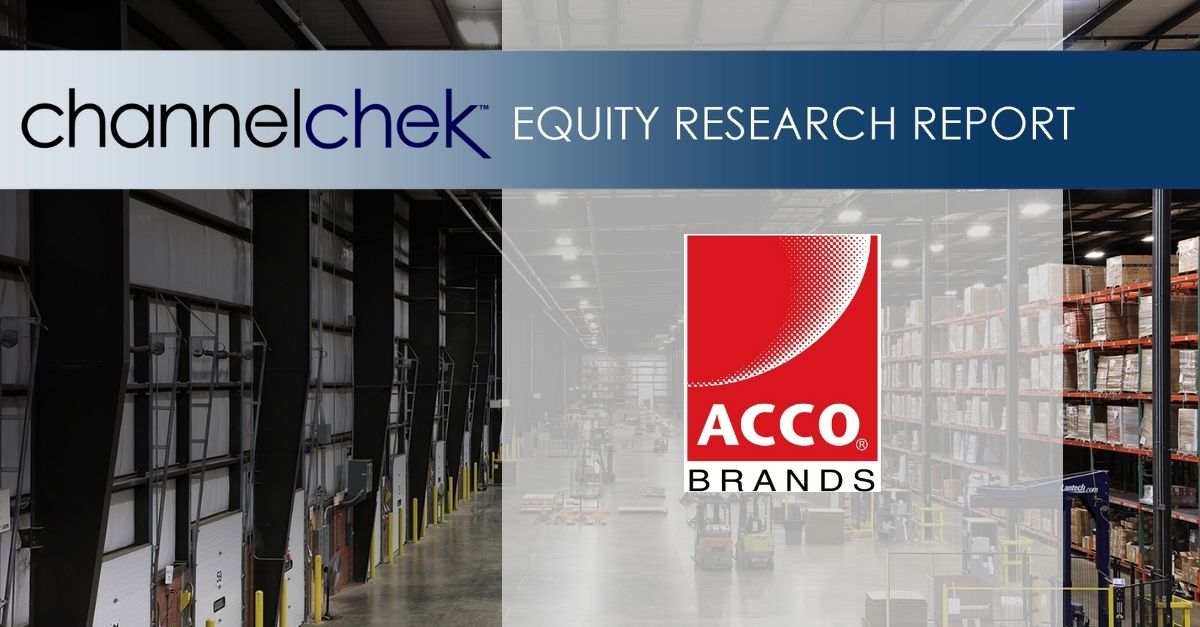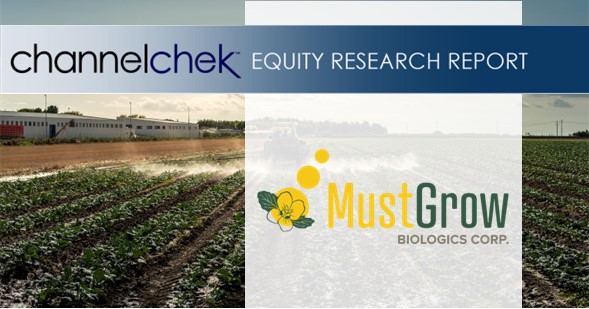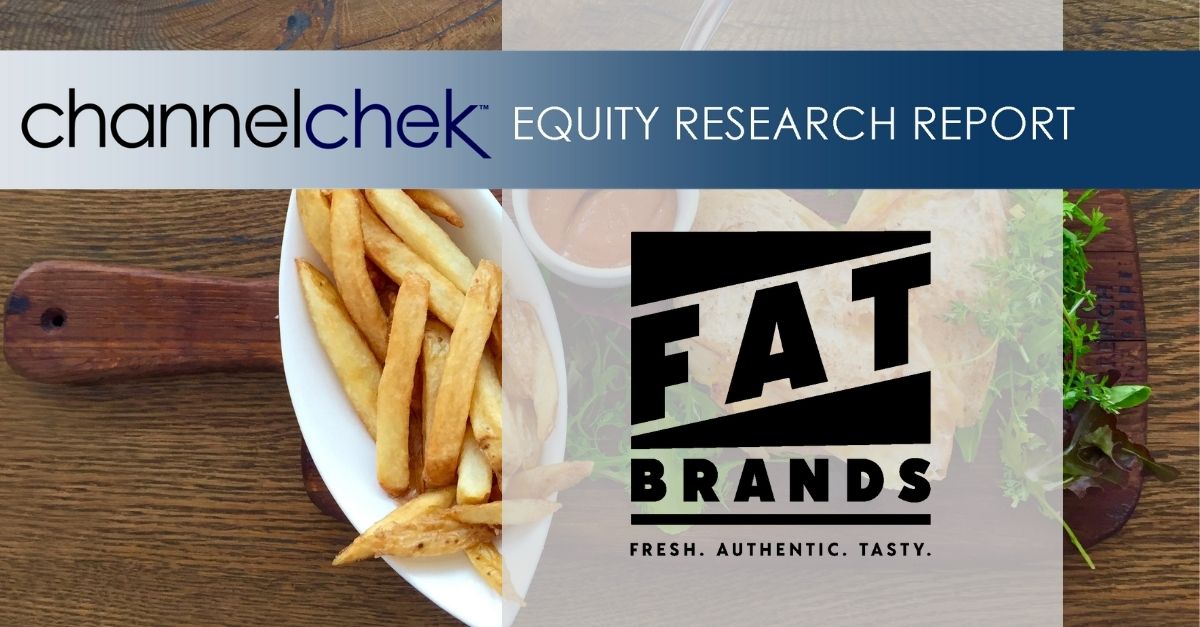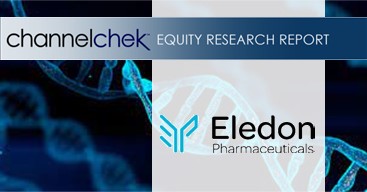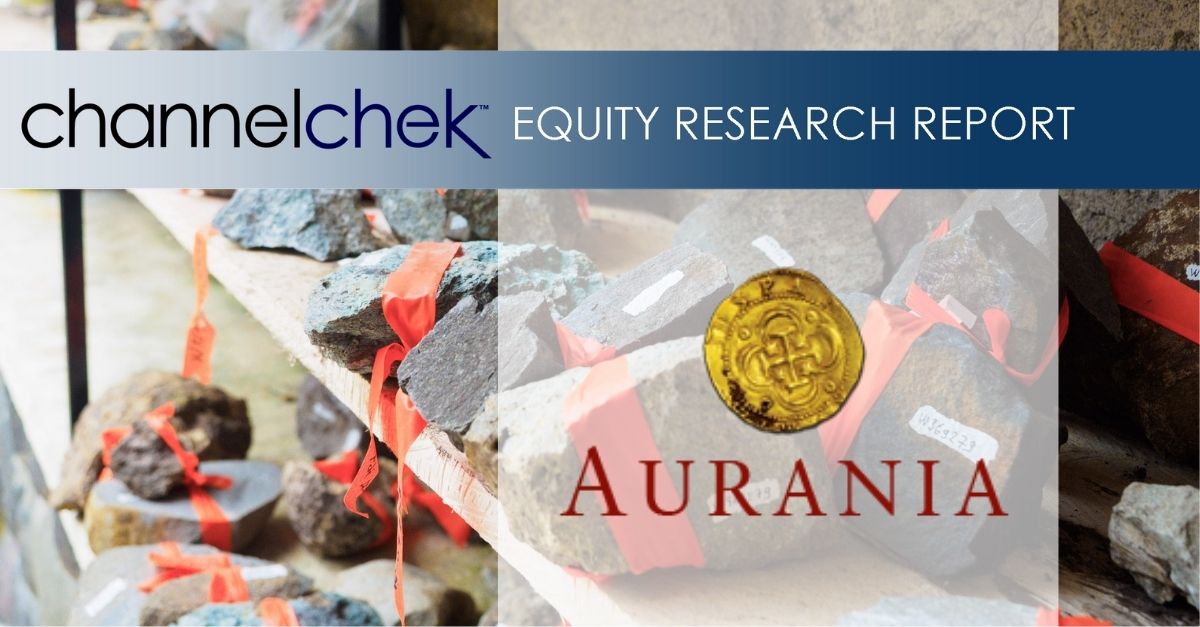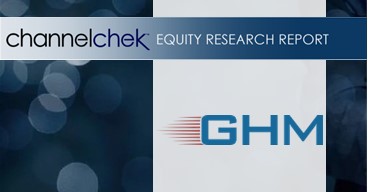
Friday, August 01, 2025
Codere Online refers, collectively, to Codere Online Luxembourg, S.A. and its subsidiaries. Codere Online launched in 2014 as part of the renowned casino operator Codere Group. Codere Online offers online sports betting and online casino through its state-of-the art website and mobile application. Codere currently operates in its core markets of Spain, Italy, Mexico, Colombia, Panama and the City of Buenos Aires (Argentina). Codere Online’s online business is complemented by Codere Group’s physical presence throughout Latin America, forming the foundation of the leading omnichannel gaming and casino presence in the region.
Michael Kupinski, Director of Research, Equity Research Analyst, Digital, Media & Technology , Noble Capital Markets, Inc.
Jacob Mutchler, Research Associate, Noble Capital Markets, Inc.
Refer to the full report for the price target, fundamental analysis, and rating.
Solid Q2 results. The company reported second quarter revenue of €54.8 million, up 0.7% over the prior year period and largely in line with our estimate of €55.5 million. Adj. EBITDA in the quarter was €2.3 million, up 77% over the prior year period and better than our estimate of €0.1 million. Importantly, the top line results do not fully capture the company’s strong performance in Q2, given the devaluation of the Mexican Peso. On a constant currency basis, revenue was up 12%.
Mexico continues to grow nicely. The company’s operations in Mexico had a strong quarter that was muted by a 19% devaluation of the Peso compared to the prior year period. Notably, the company grew active customers in Mexico by a strong 36% over the prior year period, and revenue was up 23% on a constant currency basis. In our view, the company had a solid quarter in Mexico and top line results should improve as it comps year earlier Peso valuations.
Get the Full Report
Equity Research is available at no cost to Registered users of Channelchek. Not a Member? Click ‘Join’ to join the Channelchek Community. There is no cost to register, and we never collect credit card information.
This Company Sponsored Research is provided by Noble Capital Markets, Inc., a FINRA and S.E.C. registered broker-dealer (B/D).
*Analyst certification and important disclosures included in the full report. NOTE: investment decisions should not be based upon the content of this research summary. Proper due diligence is required before making any investment decision.
